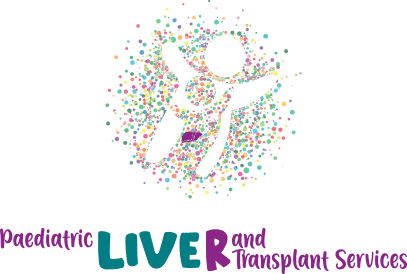Liver transplantation is a complex but transformative medical procedure that offers children with end-stage liver disease or acute liver failure a second chance at life. In South Africa, this lifesaving intervention is particularly critical due to the unique challenges posed by our healthcare system, socio-economic factors, and the specific diseases affecting our paediatric population.
This piece explores why liver transplantation is essential for children in South Africa and highlights the importance of awareness, early diagnosis, and access to specialized care.
Why Do Children Need Liver Transplants?
Liver transplantation is required when a child’s liver is so damaged that it can no longer perform essential functions such as detoxifying the body, producing vital proteins, or aiding digestion. The most common paediatric conditions leading to transplantation include:
- Biliary Atresia:
- A life-threatening condition where bile ducts are blocked or absent, causing liver damage.
- If not treated with surgery (Kasai procedure) or transplantation, biliary atresia is fatal.
- Acute Liver Failure:
- Sudden and severe liver dysfunction caused by infections, toxins, or metabolic diseases.
- In many cases, a transplant is the only viable treatment.
- Metabolic Liver Diseases:
- Conditions such as Wilson’s disease or tyrosinemia that lead to liver dysfunction and systemic complications.
- Genetic or Structural Disorders:
- Diseases like Alagille syndrome or congenital liver abnormalities.
Challenges in South Africa
While liver transplantation has revolutionized treatment for children with liver disease, several challenges impact access and outcomes in South Africa:
- Limited Awareness:
- Many parents and healthcare providers are unfamiliar with the early signs of liver disease.
- Delayed diagnosis often results in advanced disease by the time care is sought.
- Organ Availability:
- South Africa has one of the lowest organ donation rates in the world.
- Many children die waiting for a suitable donor organ.
- Geographic and Economic Barriers:
- Specialized transplant centres are located in urban areas, making access difficult for rural populations.
- The financial burden of travel, accommodation, and post-transplant care further complicates access.
- Specialized Expertise:
- Paediatric liver transplantation requires a highly skilled multidisciplinary team.
- South Africa has limited centres with the capability to perform these complex surgeries.
The Role of Living Donor Liver Transplantation
Given the scarcity of deceased donor organs, living donor liver transplantation (LDLT) has become a beacon of hope for children in need:
- A portion of a healthy adult’s liver (usually a parent or relative) is transplanted into the child.
- The liver regenerates in both the donor and recipient, making it a viable and lifesaving option.
- LDLT has significantly reduced waitlist mortality for children at transplant centres like the Wits Donald Gordon Medical Centre in Johannesburg.
The Importance of Awareness
Raising awareness about paediatric liver disease and transplantation is critical to saving lives. Key areas of focus include:
- Early Detection and Diagnosis:
- Parents and healthcare professionals must recognize signs of liver disease, such as jaundice, pale stools, dark urine, or a swollen abdomen.
- Early intervention can improve outcomes and expand treatment options.
- Advocacy for Organ Donation:
- Educating communities about the importance of organ donation is crucial to increasing the availability of deceased donor livers.
- Myth-busting and culturally sensitive conversations can help address hesitancy.
- Equity in Access:
- Policymakers and healthcare providers must work to reduce geographic and financial barriers to care.
- Strengthening referral networks ensures timely access to specialized centres.
- Support Networks:
- Families navigating liver transplantation need emotional, financial, and logistical support.
- Non-profit organizations and community groups play a vital role in bridging these gaps.
Success Stories and the Future
South Africa’s liver transplant programs have achieved outcomes comparable to international standards, demonstrating the resilience and expertise of our healthcare teams. With continued investment in training, infrastructure, and awareness campaigns, even more lives can be saved.
Programs focused on paediatric liver transplantation not only give children the chance to grow and thrive but also inspire hope for families facing devastating diagnoses. Every transplant is a testament to the power of modern medicine, community support, and the enduring spirit of hope.
Conclusion
Liver transplantation for children in South Africa is more than a medical procedure; it is a lifeline. By addressing challenges, raising awareness, and fostering a culture of organ donation, we can ensure that every child with liver disease has the opportunity to live a full and healthy life.
Let’s work together to make liver transplantation accessible, equitable, and lifesaving for all children who need it.

